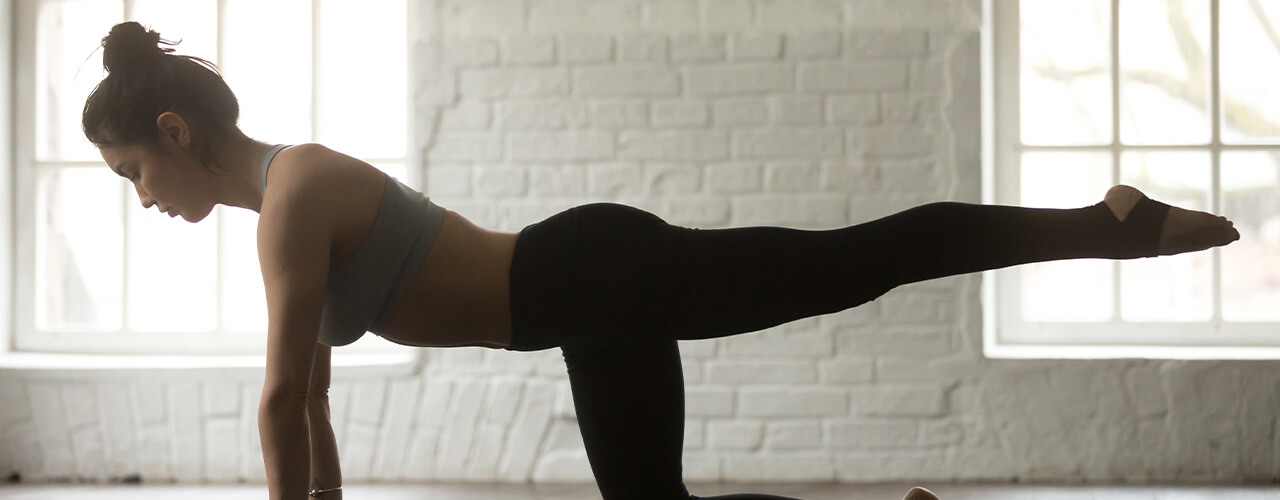Unfortunately, for most of us, modern life has meant a reduction in physical activity and an increasing sedentary lifestyle spent seated at work in front of a computer or in front of the television. As a result, the muscles that help us to maintain a good posture and movement have weakened due to de-conditioning leading to the most common symptom: back pain. Core stability training when performed properly, trains the trunk musculature to control the position of your spine during movements and at rest by acting in a coordinated manner. Core stability targets the muscles that connect the spine, pelvis and shoulders, that lie deep within the torso and that assist in the maintenance of proper posture and provides the foundation for all arm and leg movements. By maintaining good posture, you are able to protect your spine, especially your lower back, from the forces acting on it during sitting, standing or other more demanding activities. Core stability training will help address any symptoms you may be experiencing in the lower back and assist in the prevention of new symptoms or re-aggravations resulting from bad posture. In addition, core stability is essential in sports performance and other more demanding physical activities that require movement of any sort, such as running, swimming, manual labour and lugging those heavy shopping bags.
Personalized Exercise and Therapy Programs
While the benefits of core stability are well documented, many of the exercises given to improve core stability can actually make people worse! During your physical examination, our doctors will identify what key stabilizing muscles require training and will teach you the best exercises to target these deficiencies, while minimizing any potential side effects. Since these muscles are not required to be very strong, but rather well coordinated with good endurance, our doctors will supervise you during the exercises to ensure that you are maintaining the proper form and holding your spine in the neutral position with correct alignment.
This will involve covering certain topics including:
- Abdominal hollowing
- Abdominal bracing
- Abdominal muscle training
- Proper breathing
- Stability ball exercises
- Wobble board exercises
- Medicine ball exercises
- Pilates exercise programs
- Yoga programs
- Simple “low-tech” exercises that can be performed at home



